Kane Adams
TPF Noob!
- Joined
- Feb 17, 2015
- Messages
- 26
- Reaction score
- 10
- Can others edit my Photos
- Photos OK to edit
I agree, as someone who sees himself as mediocre that's what I usually say when people ask me if I'm any good. But in the end it's partially true. I have some nice shots, some bad ones. From what I've learned though gear isn't all that matters. Any camera can make a great photograph.


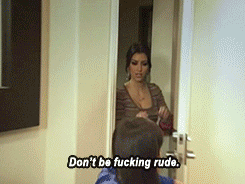
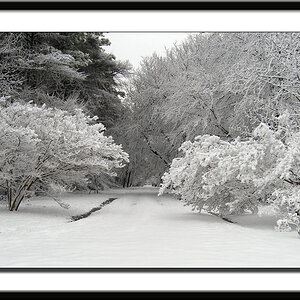
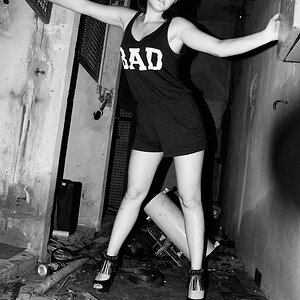
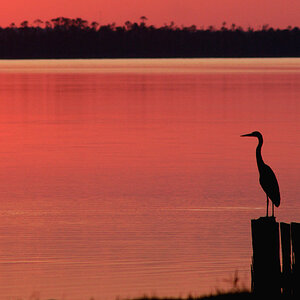
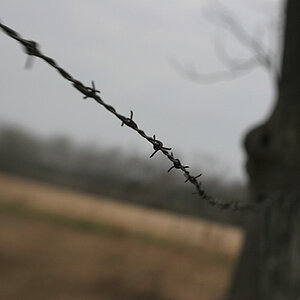
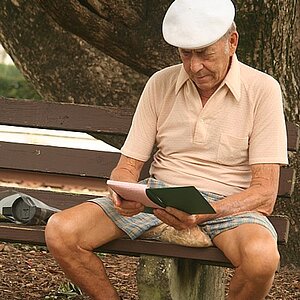
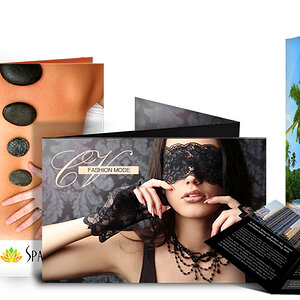
![[No title]](/data/xfmg/thumbnail/38/38744-40fa9998379b0f33925964a11a718029.jpg?1619738704)